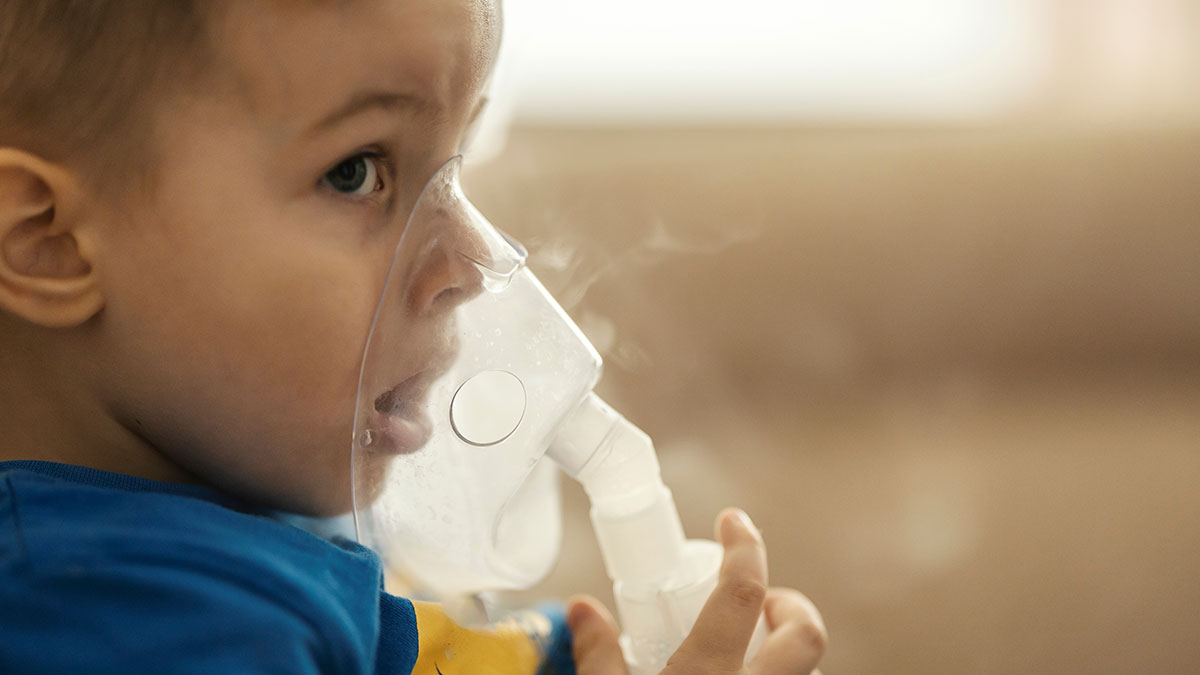Biomechanics and Biofluidics
The College of Engineering Technology teams focusing on biomechanics and biofluidics dive into jet nebulizer research to develop a safe, accurate and efficient way to deliver medication to pediatric patients with respiratory diseases.
Pediatric respiratory diseases, one of the leading causes of death worldwide, represents an increasingly significant global, clinical and economic burden.
While jet nebulizers are commonly used for many treatments, they are ineffective at delivering drugs to targeted regions in pediatric lungs, perhaps because current drug delivery devices have adapted their inhalation guidelines from adult studies. The physiological characteristics of pediatric patients, however, including smaller respiratory tracts, is vastly different. The lack of information and the complex challenges associated with aerosol delivery in children emphasize the need to safely, accurately, and efficiently deliver medication to pediatric patients in any respiratory state. This research is focused on treatment of the most vulnerable pediatric population, children under five in several respiratory conditions.
This research team is working on developing an adjustable nebulizer device designed specifically for pediatric patients that considers physiological factors like age-related anatomy, current health status and history, tidal volume and respiratory rate, and device monitoring and operating parameters. The faculty conducting this research have expertise in the field of atomization and sprays, with a focus on experimental and analytical investigations. As such, the research focuses on two aspects (1) optimal particle size and dose for aerosolized drug delivery in a pediatric patient, and (2) improving effectiveness of jet nebulizer devices to better suit pediatric patients. Ultimately, these findings can inform other disease treatments and even immunizations, transforming the face of global healthcare.
Additionally, a joint research initiative between LLE and the College of Engineering Technology’s department of manufacturing and mechanical engineering technology investigates novel ways to reduce fuel capsule vibrations. Faculty and students collaborate on research projects to minimize vibrations. Many of the projects involved designing and testing vibration isolation systems using electromagnetic fields to dampen vibrations. Other collaborative experiments use 60 high energy (30,000 Joules) laser beams to study fusion. These beams are focused on a 1 millimeter diameter plastic spherical capsule containing solidified heavy hydrogen, the fuel source, for approximately 1 billionth of a second. High energy producing experiments require the fuel capsule vibration to be less than 5m. This is a very challenging specification. (For reference, the nominal diameter of human hair is 75 m).





